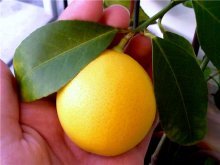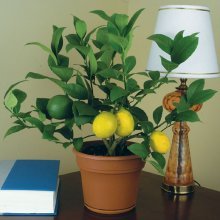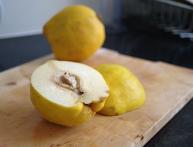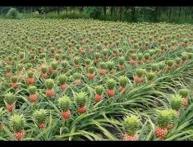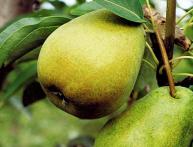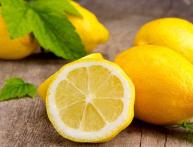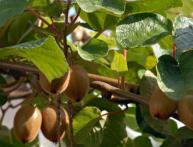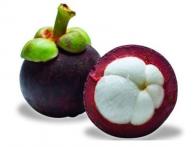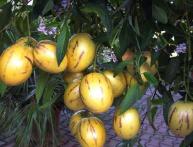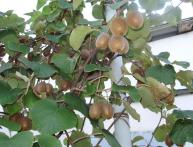Meyer Lemon: Home Care Basics
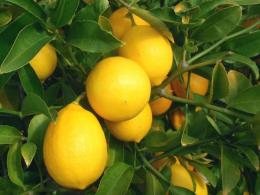
Meyer lemon is an evergreen plant, one of the main characteristic features of which is flowering several times throughout the year.
This type of lemon is indoor, and accordingly it has fewer seeds compared to non-indoor representatives of this genus, as well as a thin peel and a more pronounced aroma.
These features determine its popularity, even in comparison with similar indoor citrus fruits.
Content:
Features of care
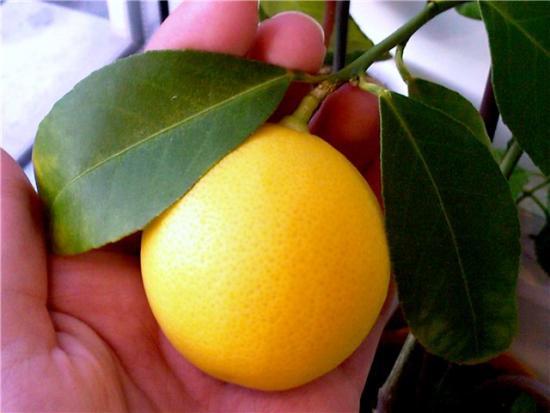
Meyer is dwarfed lemon. If we compare it with other varieties, also dwarf, but also others, it is worth pointing out that it has more sour fruits.
Naturally, quality will depend on proper care. Each plant “likes” or “dislikes” certain conditions.
In the case of Meyer lemon, it is necessary to create lighting conditions, but not too much, take care of constant drainage, fertilizer, regular watering, and optimal temperature conditions. On the contrary, the plant “does not like” strong winds and frosty winds.
To grow lemons indoors, certain factors are necessary, thanks to which you can hope for a good result.
First of all, let's look at the need for diffused light. For this purpose, the meyer is placed opposite a window that faces east or west. On hot days of spring and summer, the plant will need shading.
If the daylight hours are very long, then fruiting will be delayed, but at the same time the plant will grow intensively.
In winter, it is better to keep the plant at a temperature not exceeding 12 degrees. The room should be well lit. If you do not provide cold room conditions, the plant will not bear fruit.
One thing to keep in mind is that lemons respond very quickly to climate change. This means that you cannot do such “tricks” as placing a flowerpot outside, especially if it has fruits. The result can be very disappointing: the plant will drop both leaves and fruits.
As for summer care, it is worth systematically spraying the plant. The same is done in winter, provided that the flowerpot is located in a room where there is a central recess.
If the indoor air is too dry, the risk increases that the lemon will suffer from attacks by scale insects and mites. Optimal humidity should range from 60-70%, temperature should not exceed 20 degrees.
Watering mode characterized by certain features. Since spring, the plant is watered with warm water, quite intensively, but no more than twice a day.
In winter, it is worth watering moderately, in small portions, and also no more than twice a week. You cannot let the earthen ball dry out, because this will cause the fruits and leaves to fall off. But excess moisture is the death of lemon.
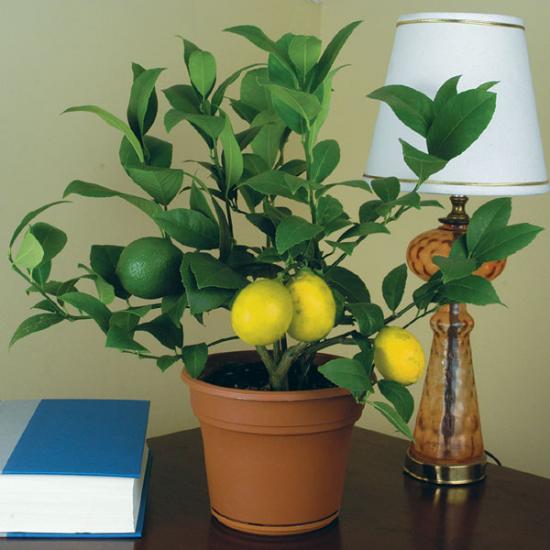
Due to proper and systematic watering at the beginning of summer (until mid-July), the fruits will lose their bitter taste, and the sugar content will only increase.
Watering after the summer period is significantly reduced, starting in November. To prepare the plant for the winter, the soil in the flowerpot is systematically loosened.
Transfer rules
In the process of growing indoor plants transfer is one of the main tasks, which, if performed correctly, guarantees a good result.
Meyer lemon cannot be considered a capricious plant, but it is also impossible to treat it negligently. Lemon transplantation is done annually. The best way is transshipment. It will require good drainage.
In order for young plants to take root, we pay attention to the soil. The proportions here are:
- leaf soil - part
- sand - part
- humus - part
- turf land - two parts
The proportions of soil for an adult tree look slightly different:
- leaf soil - part
- sand - part
- humus - part
- fatty clay – part
- turf land - three parts
When replanting, the main thing is to create all the necessary conditions so that the plant - adult or young - can adapt faster to the new environment.
It is important to remember the rule: as the plant ages, it needs more and more fertilizers. It must be applied after irrigation. When using artificial lightening in winter, it is necessary to make the fertilizer more intense.
Basics of the fertilizing process
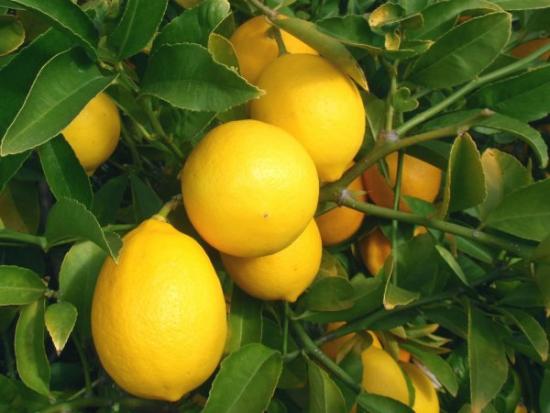
Citrus fruits need systematic feeding during the spring-autumn period, otherwise during the growing season. Good fertilizers are those that contain a lot of nitrogen.
Slow-release, universal fertilizers are in good standing among experts. The plant is stimulated by foliar nutrition. Liquid fertilizers serve this purpose, for example, a mixture based on algae and fish emulsion, or compost tea.
The plant will begin to bear fruit after a year if kept indoors in winter.You can only pick lemons if you are absolutely sure that they are ripe.
After all, they can only ripen by staying on the tree. Ripe meyer fruits turn yellow, or a color reminiscent of egg yolk. They are soft to the touch. When assembling, it is important to use scissors or a knife, which will make the process neater.
The number of fruits will depend on many factors. This includes the age of the plant, the correctness of feeding and irrigation, and the creation of the necessary climate. The same factors will determine taste.
Growing Lemons Meyer at home is a pleasant thing because of the wonderful fruits, but it also requires a lot of attention and work.
In fact, the rules of courtship are quite simple; the only difficulty lies in being systematic. But Meyer lemon, without a doubt, is worth the attention and work that we wrote about above.
Video about proper care of a lemon tree:
Interesting information about the vegetable garden

